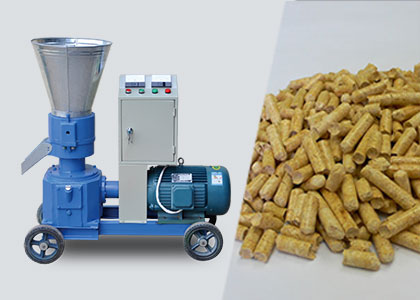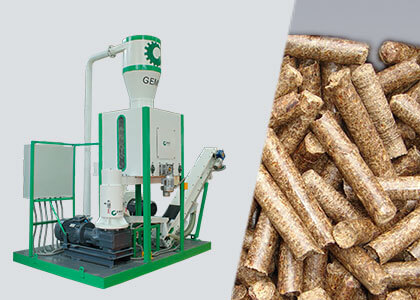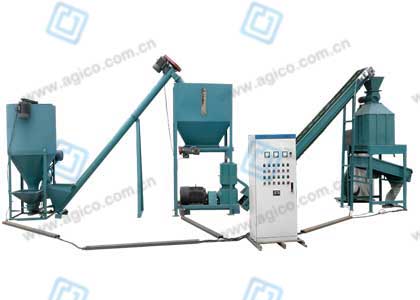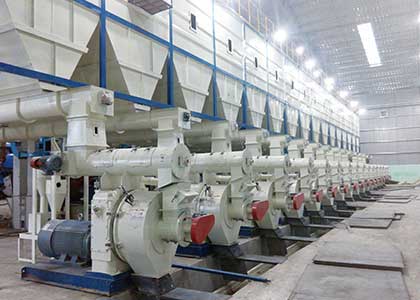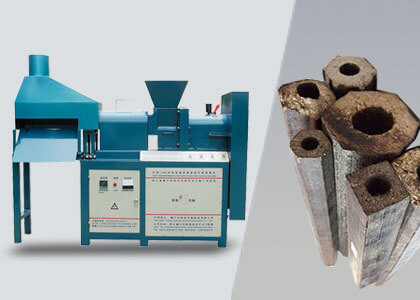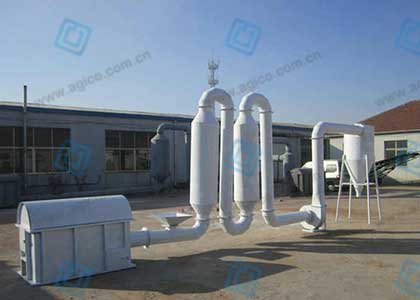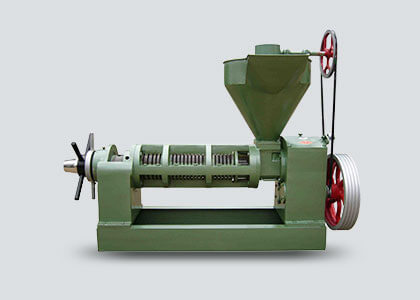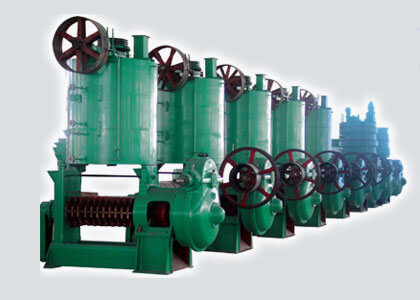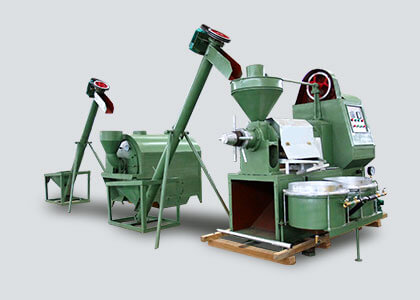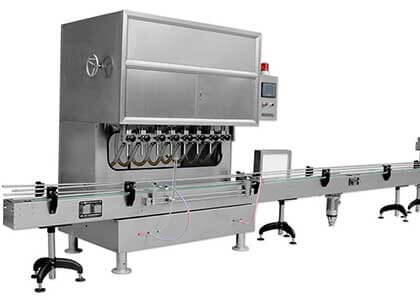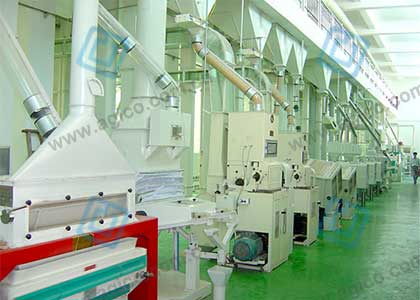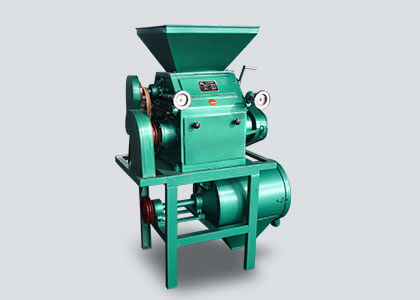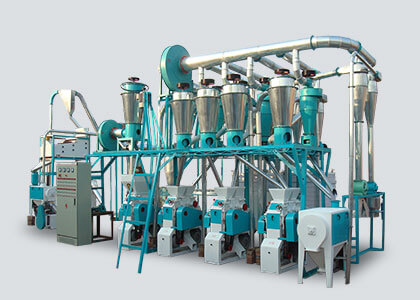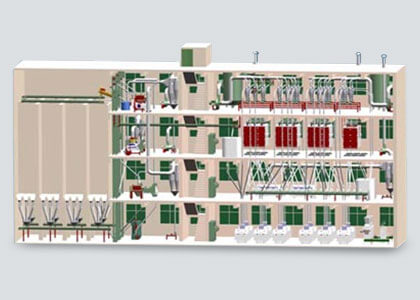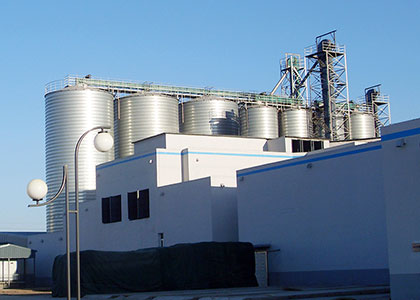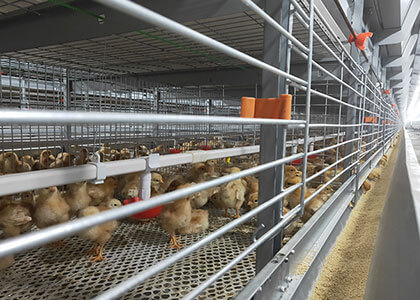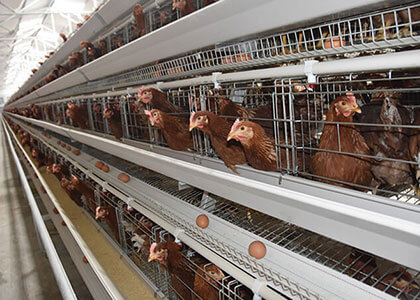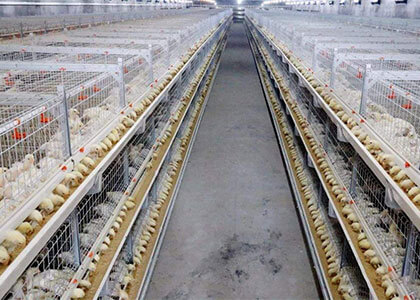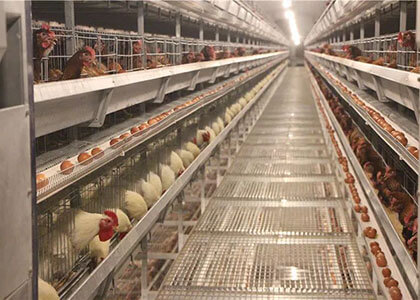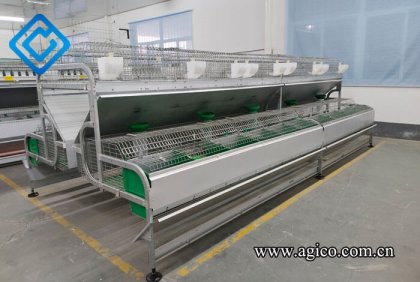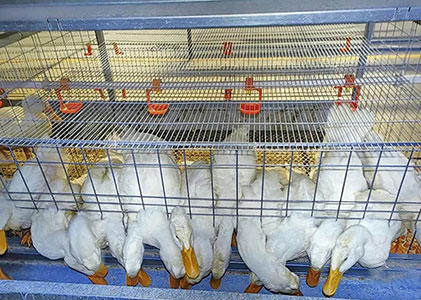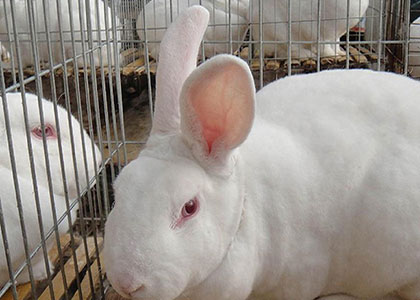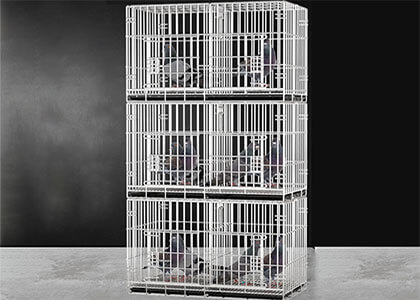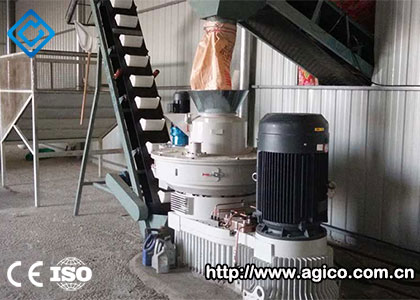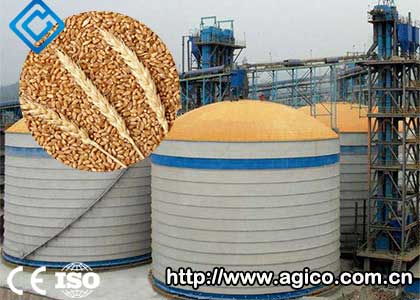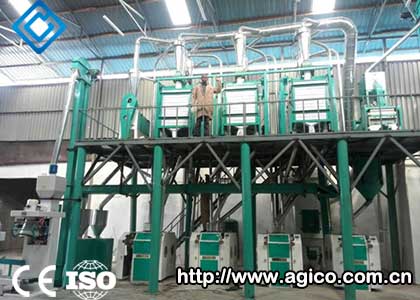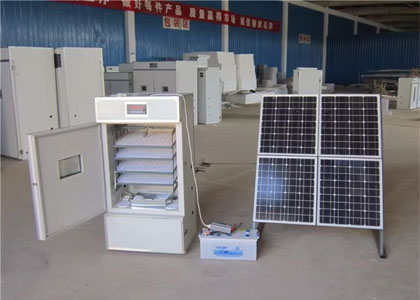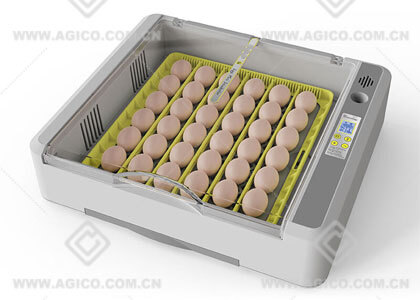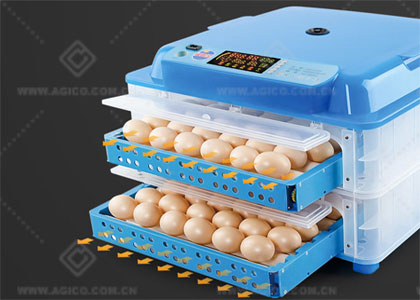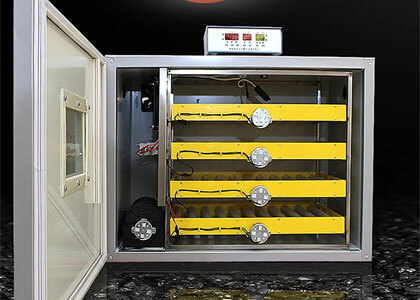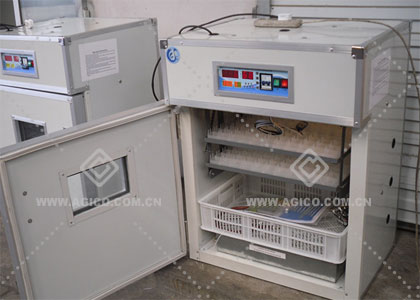The Benefits of Implementing an Automatic Farming System for Poultry
An automatic farming system is a modern technology that has revolutionized poultry farming. It is an innovative approach to farming that involves the use of advanced equipment and software to automate various farming processes. With this system, poultry farmers can easily manage their farms and improve their productivity. In this article, we will discuss the benefits of implementing an automatic farming system for poultry. We will highlight how this system can help poultry farmers save time, increase efficiency, and improve the health and well-being of their chicken.
Increased Efficiency and Productivity
An automatic farming system can greatly increase the efficiency and productivity of a poultry farm. By automating certain tasks, such as feeding and egg collection, farmers can save time and reduce labor costs. With a well-designed system, farmers can monitor and manage their flock more easily and efficiently.
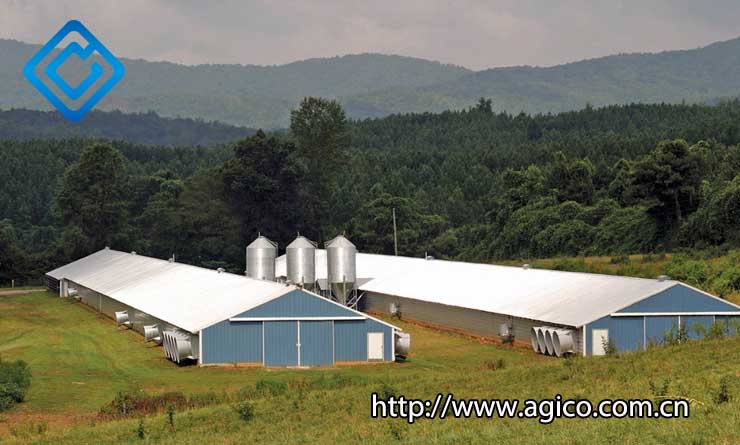
Automated feeding systems can greatly improve efficiency by accurately and consistently distributing feed to the birds. This eliminates the need for manual feeding and reduces the risk of over or underfeeding. Similarly, automated egg collection systems can collect and sort eggs more quickly and accurately, increasing productivity and reducing the risk of breakage.
A poultry manure removal system is an essential component of an automatic farming system for poultry. It consists of a series of conveyors, belts, and scrapers that collect and remove manure from the poultry house. This system can significantly reduce labor costs and improve overall farm cleanliness and hygiene. Regular removal of manure also prevents the buildup of harmful gases and bacteria that can affect the health of the chicken.
The use of automatic farming systems can also improve overall farm management. With sensors and data collection, farmers can monitor the environment, such as temperature and humidity, to ensure optimal conditions for the birds. They can also receive alerts and notifications in case of any issues, allowing them to quickly address any problems.
Improved Animal Welfare
An automatic farming system can significantly improve the welfare of poultry on a farm. By automating the feeding, watering, and other essential tasks, farmers can ensure that their poultry has access to food, water, and other necessities at all times. Additionally, automation can reduce stress on the animals and provide them with a more consistent and predictable environment, which can contribute to their overall well-being.
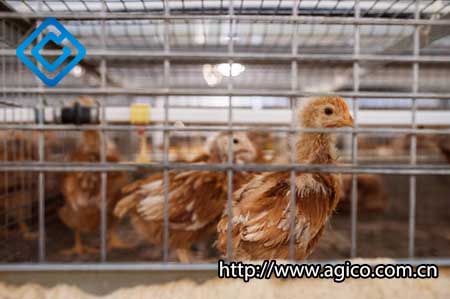
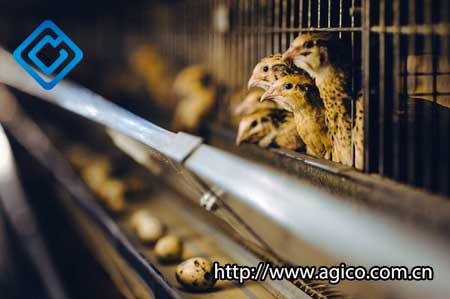
Automation can help ensure that poultry has access to food and water at all times, even when farmers are not present. For example, automatic feeders can dispense food at regular intervals throughout the day, while automatic watering systems can provide a continuous supply of fresh, clean water. This can help ensure that chickens are properly nourished and hydrated, even if farmers are unable to be on the farm at all times. Furthermore, automatic systems can help prevent over-feeding or under-feeding, which can have negative effects on the health of the animals.
Automation can reduce stress on animals and improve their overall health and well-being. For example, automatic lighting systems can simulate natural daylight and darkness, which can help regulate the birds' circadian rhythms and reduce stress. Additionally, automated ventilation and temperature control systems can help maintain a comfortable and consistent environment for the birds, reducing the risk of heat stress, respiratory problems, and other health issues. Furthermore, automated systems can help reduce the risk of disease transmission, as they can prevent the buildup of manure and other waste products that can harbor pathogens.
Reduced Environmental Impact
Implementing an automatic farming system can have a positive impact on the environment by reducing the resources used in poultry farming. One of the ways automation can help is by reducing water consumption through precise irrigation and monitoring of water usage. This can help farmers conserve water resources and reduce the cost of production.
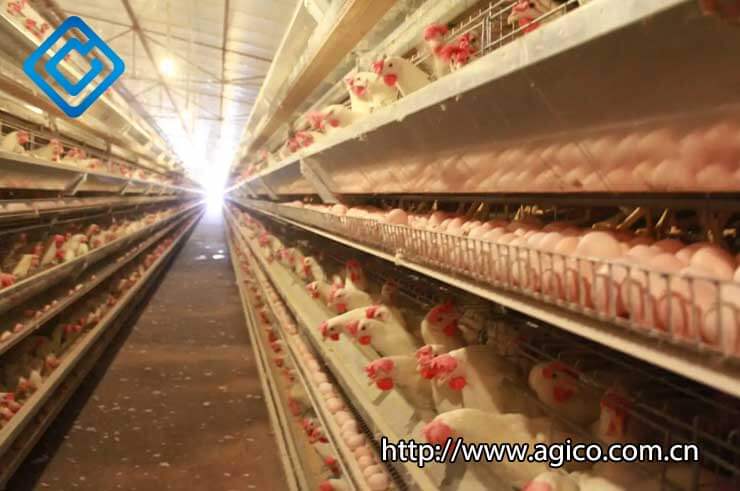
Another way an automatic farming system can reduce environmental impact is through energy efficiency. For instance, automated systems can control lighting and heating systems, reducing energy consumption and costs. By optimizing energy use, farmers can reduce their carbon footprint and save money on utility bills.
In addition, implementing sustainable practices such as using renewable energy sources, reducing waste, and conserving natural resources can also help reduce environmental impact. By reducing pollution and preserving natural habitats, farmers can improve public perception and consumer demand for their products.
FAQs
What is an automatic poultry farming system?An automatic poultry farming system is a system that uses technology to automate various tasks in poultry farming. It can include automated feeding, watering, egg collection, ventilation, and temperature control systems. The goal of an automatic poultry farming system is to increase efficiency, productivity, and animal welfare while reducing labor costs and environmental impact.
How does an automatic farming system benefit poultry farmers?An automatic farming system can benefit poultry farmers in various ways, including increased efficiency, improved animal welfare, and reduced labor costs. By automating tasks, farmers can save time, reduce errors, and increase productivity.
What types of tasks can be automated on a poultry farm?Tasks that can be automated on a poultry farm include feeding, watering, egg collection, temperature and humidity control, and lighting. Automation can also help with monitoring animal health and behavior.

